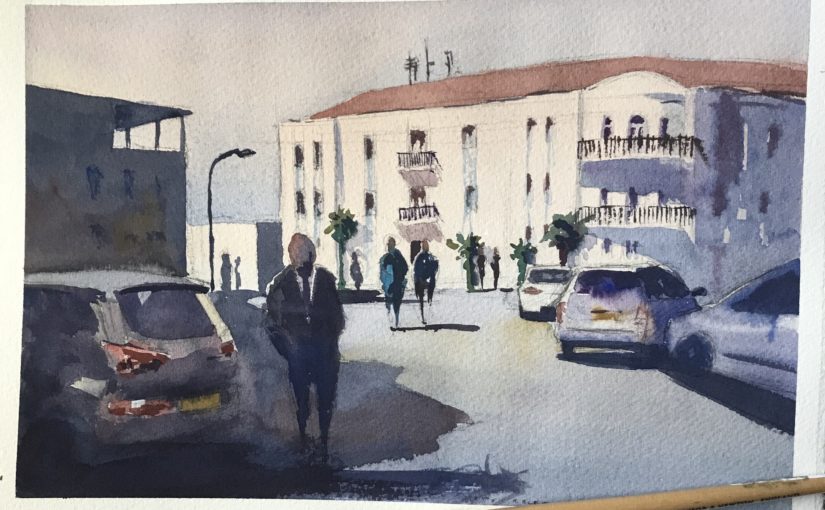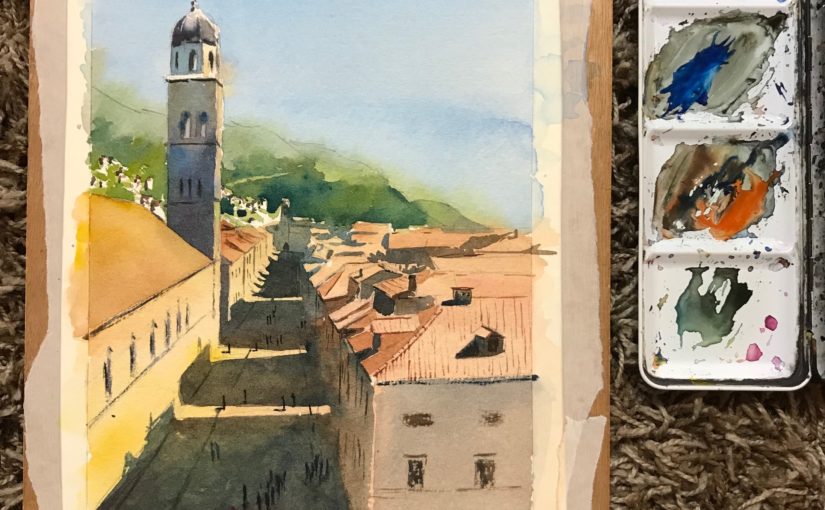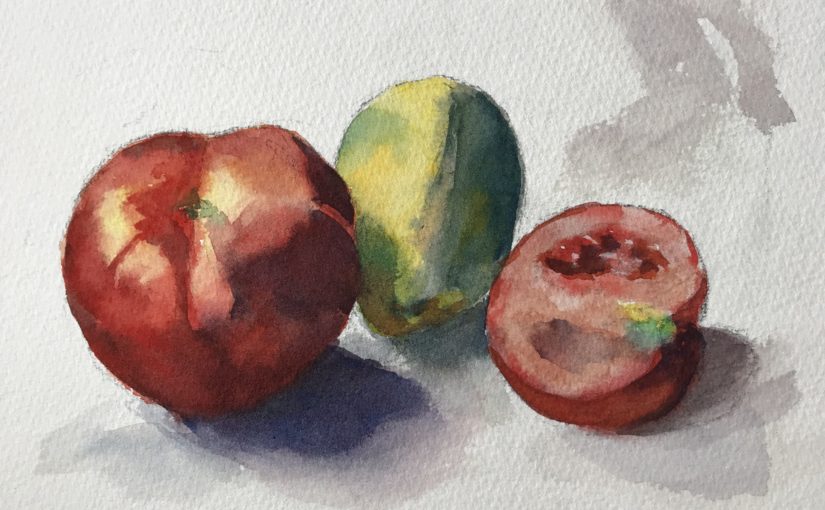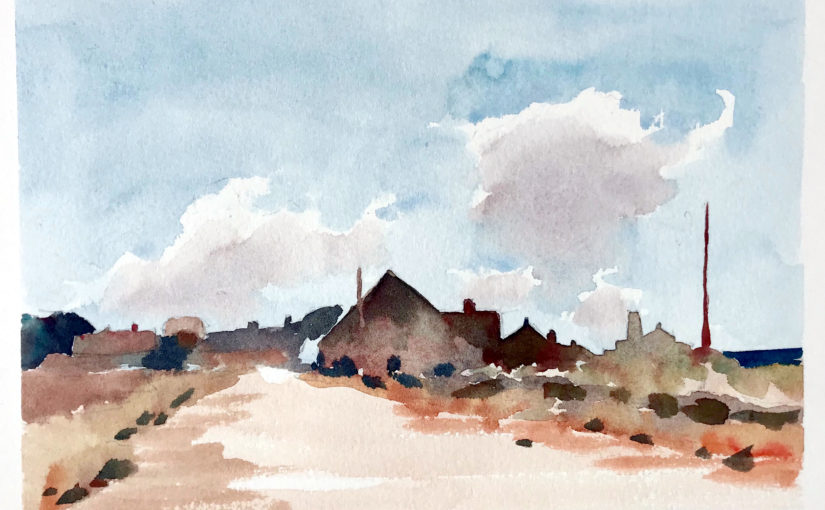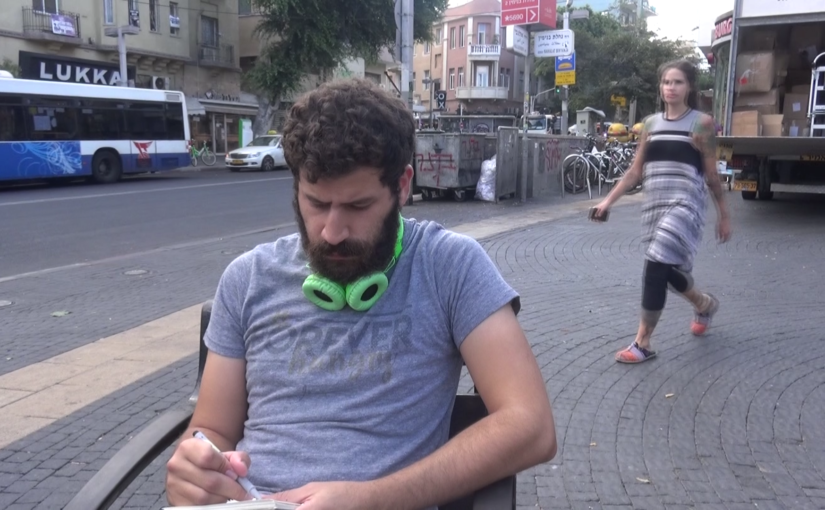Podcast: Play in new window | Download
Hi there, in today’s episode of the podcast I want to share with you some challenges I’m experiencing in watercolor.
A 2 Week Plateau
For the past two weeks or so I felt like things were’t connecting the way I wanted in my paintings.
I didn’t feel like my results were up to par, and I also felt extremely out of control with the medium.
I actually have a few ideas as to the reason for this.
Advancing to a Higher Level
Usually when I hit that kind of plateau, it means I’m about to advance to a higher level.
This is something I consistently noticed over the past few years.
It’s almost as if there is something crucial I need to learn in order to progress. I maxed out on all of my current skills, and it’s time to move on.
Going Autopilot & Using Gimmicks
Aside from that, I have an inkling of an idea as to what I need to improve.
I got to this after examining the areas where I have this issue, and the areas where I don’t.
I’m only experiencing this when painting large scenes, mainly cityscapes. I’m not experiencing this when working on portraits or pen sketches.
My main conclusion is this – In some areas I tend to go into autopilot when painting. And I don’t mean the good kind of autopilot (flow, in the zone, smooth-sailing).
I’m talking about doing things without truly observing the scene. Painting things as I THINK THEY APPEAR, rather than how they truly appear.
A Side Note About the Artist Curse
As a side note, I want to mention a concept I learned from Mark (Draw Mix Paint YouTube channel, THIS video).
He says we as artists can never enjoy our art like other viewers do. That’s because we see it slowly built up, and so it’s hard to be objective.
I’d also add to that, that we have a specific, “ideal” vision we may compare the result to. The viewer has no idea and doesn’t care. All they see is the art (:
The Solution
For the next few weeks, I’ll try disconnecting from external influences and other artists.
What I want to do is always focus on the subject at hand. To truly observe it and carefully study it.
To think, analyze, sketch, prepare and so on.
Sharing the Journey
I’m really happy to share these insights with you as I learn them.
I hope this will inspire others in the future. I really want to show how this is a challenging journey on the one hand, but how it shows promise on the other.
With enough practice and perseverance, you can master the medium.
Artist Corner
Today I talk about Dan Burt, an American watercolor painter.
Dan has a very unique style of painting, in which he applies many, MANY colors. He actually prepares multiple pools of paint, and slowly uses them all for painting.
He paints mainly in Texas, Mexico, Italy and Spain.
You can learn more about him here.
And here’s where you can find me (:
You can support me on Patreon
Check out my YouTube Channel – Liron Yanconsky
Or ask me questions on Instagram – @LironYanIL or Snapchat – @LironYan3

